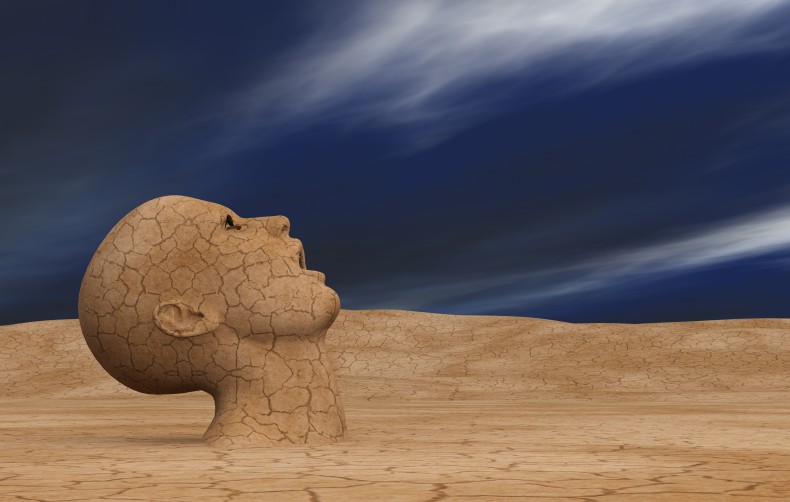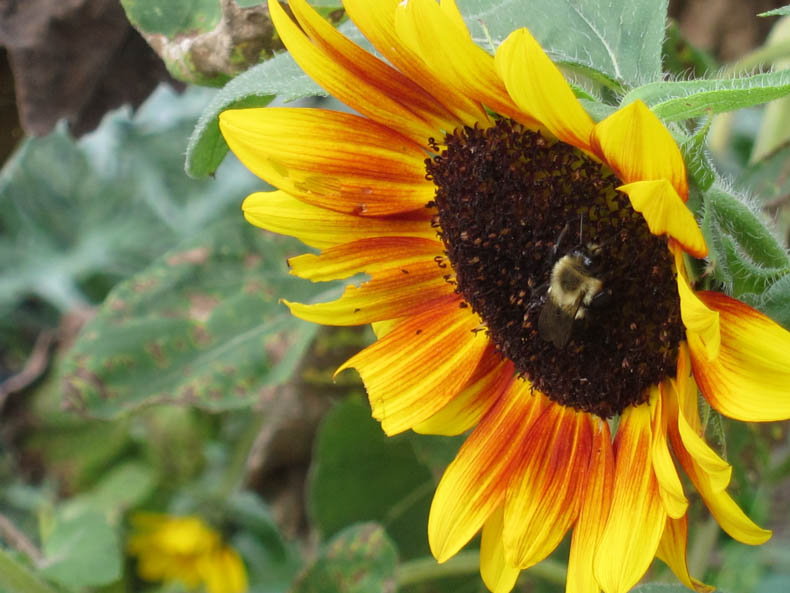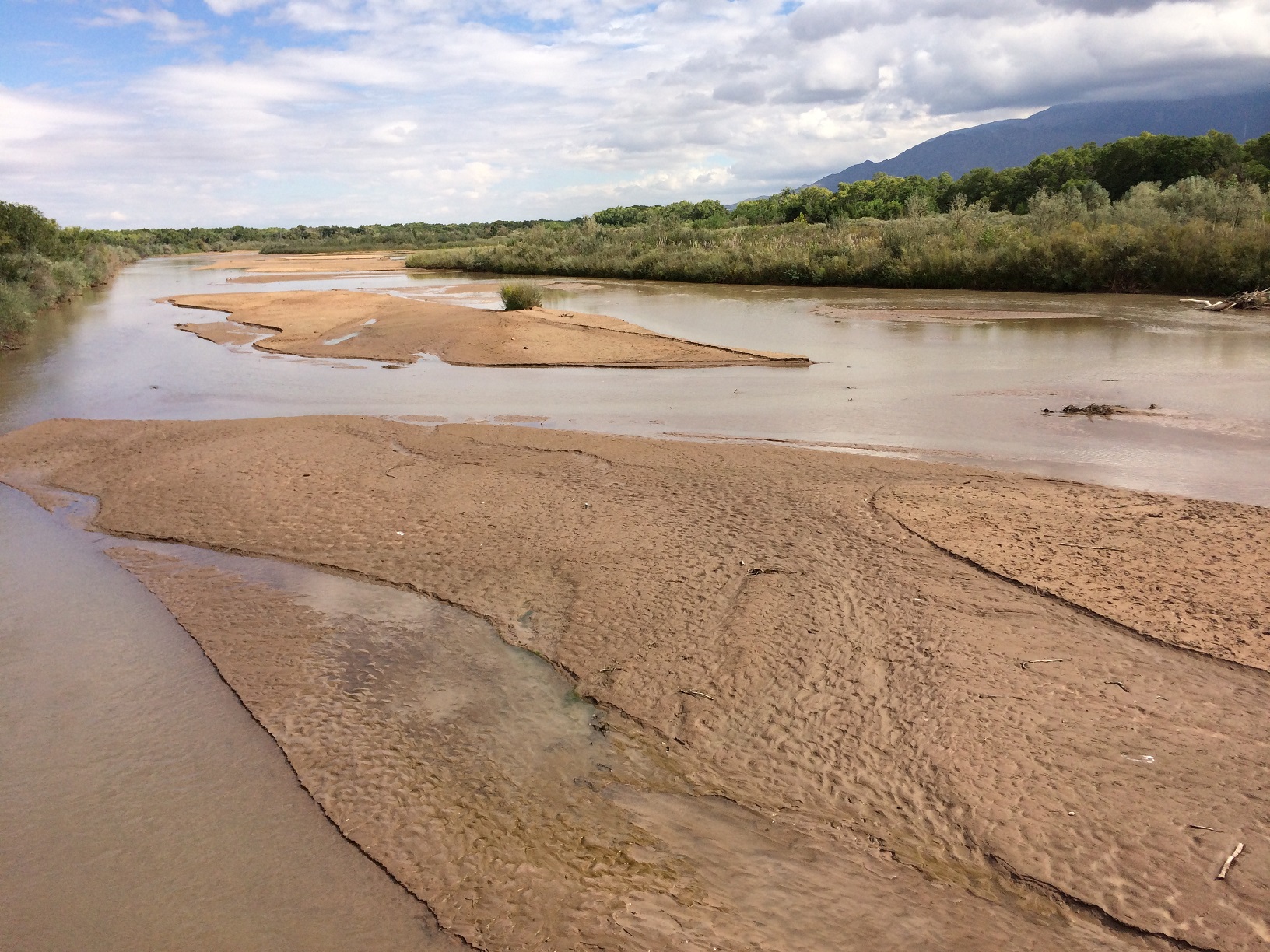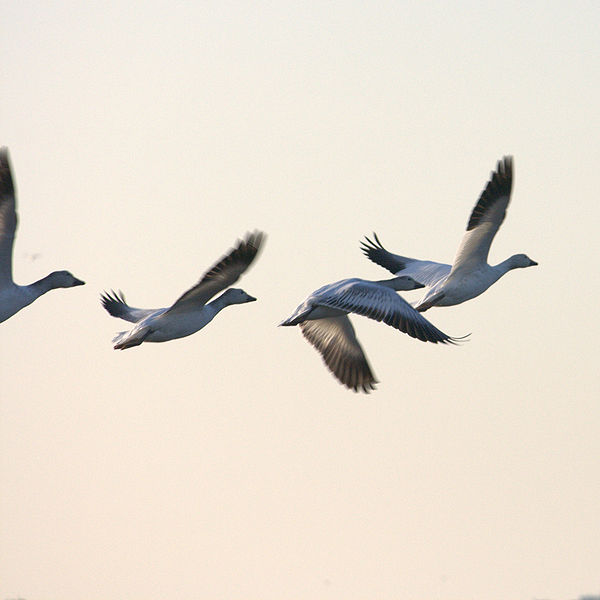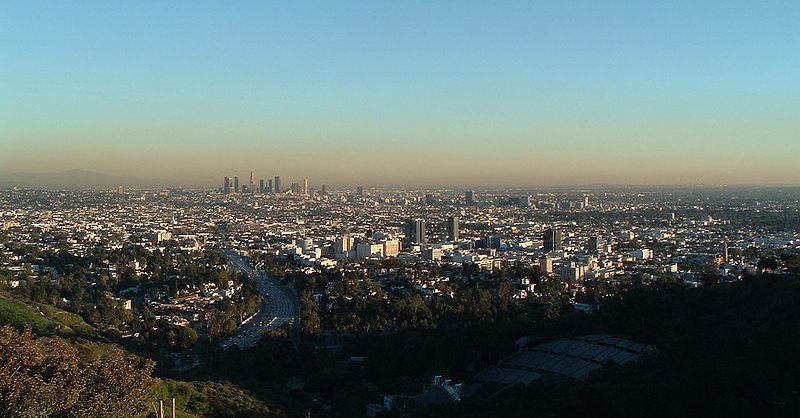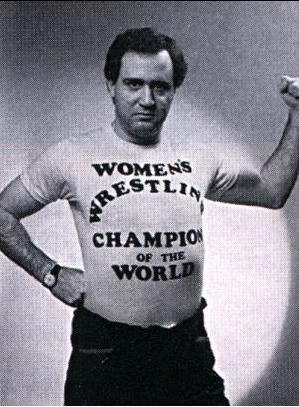Welcome to “Off Our Meds,” a weeklong series in which LWON examines some scary issues in medicine. We won’t resort to fear mongering, because we don’t have to. Medicine is scary enough as it is. 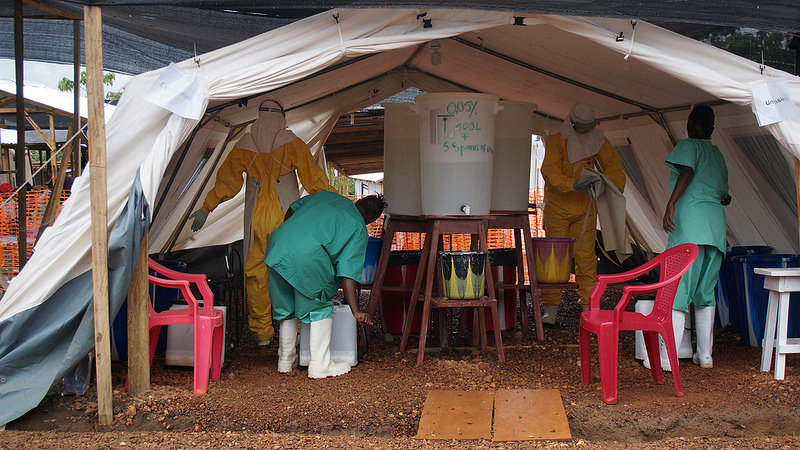
Last week, over at The Atlantic, Jacoba Urist wrote about a truism in journalism: deaths closer to home matter more.
This sounds ugly but makes sense intuitively. We feel the death of a loved one in a completely different way than a death across town, let alone a death across the country. It’s not surprising that news coverage reflects a similar ethos.
Proximity is both geographic and cultural. Think of the racist old adage from across the other Atlantic: “1000 wogs, 50 frogs, and a single Briton.” And, Urist writes, violence and novelty play into newsworthiness, too. “A tornado that kills schoolchildren is horribly sad; a young man who guns down kindergarteners holds a mirror to the society in which he lives.”
This means that pretty much all factors are working against good coverage of the Ebola epidemic right now. Until last week, Ebola had only hit countries that most Americans have never even contemplated visiting. And the bump in coverage caused by the diagnosis in Texas has been more about the disease hitting the U.S. than about the thousands dying in Africa. Continue reading
